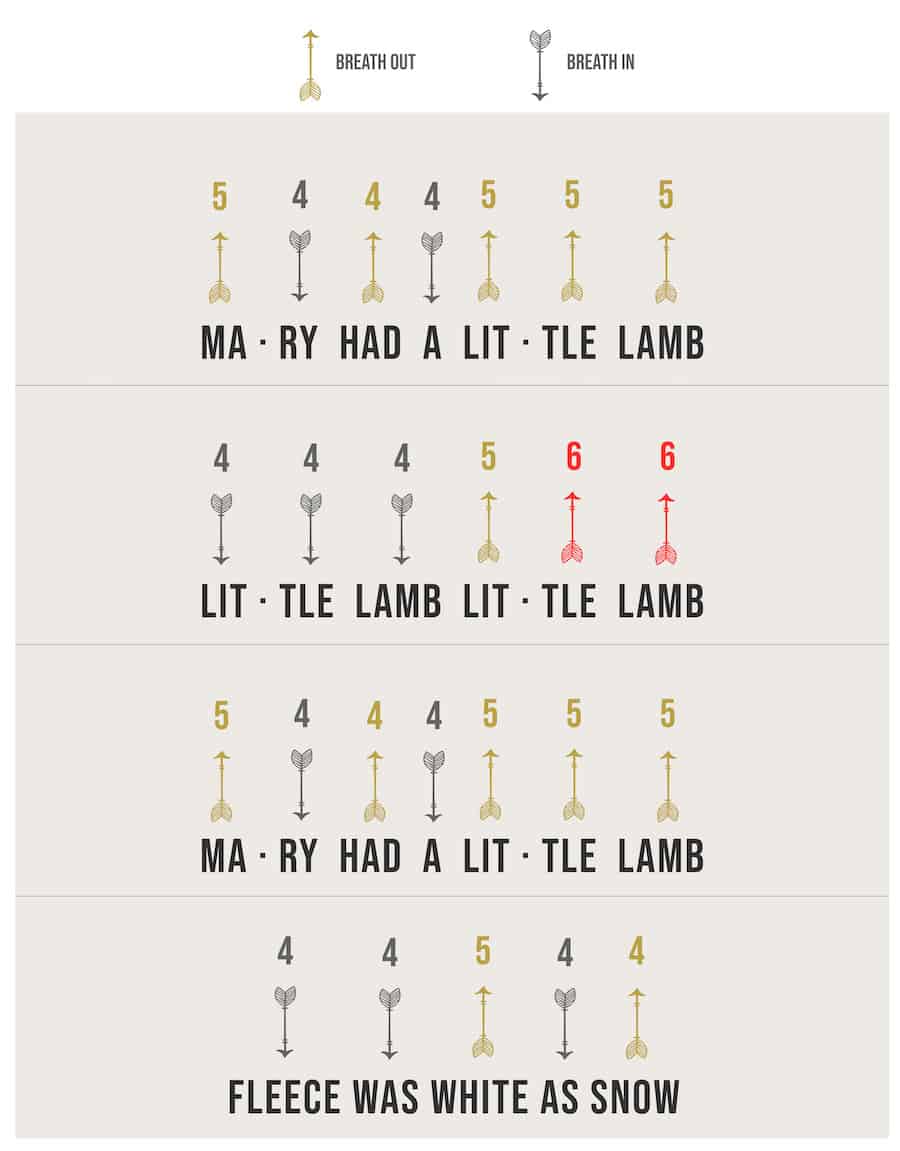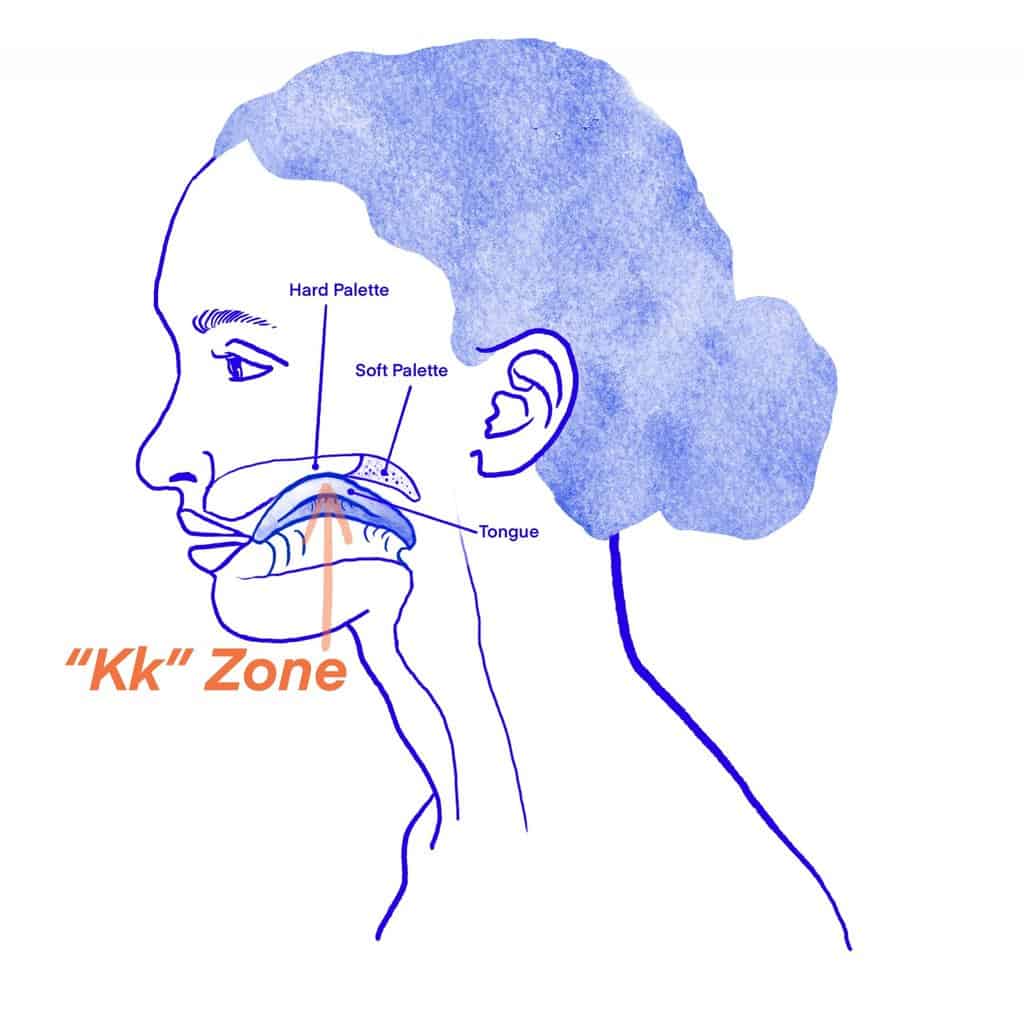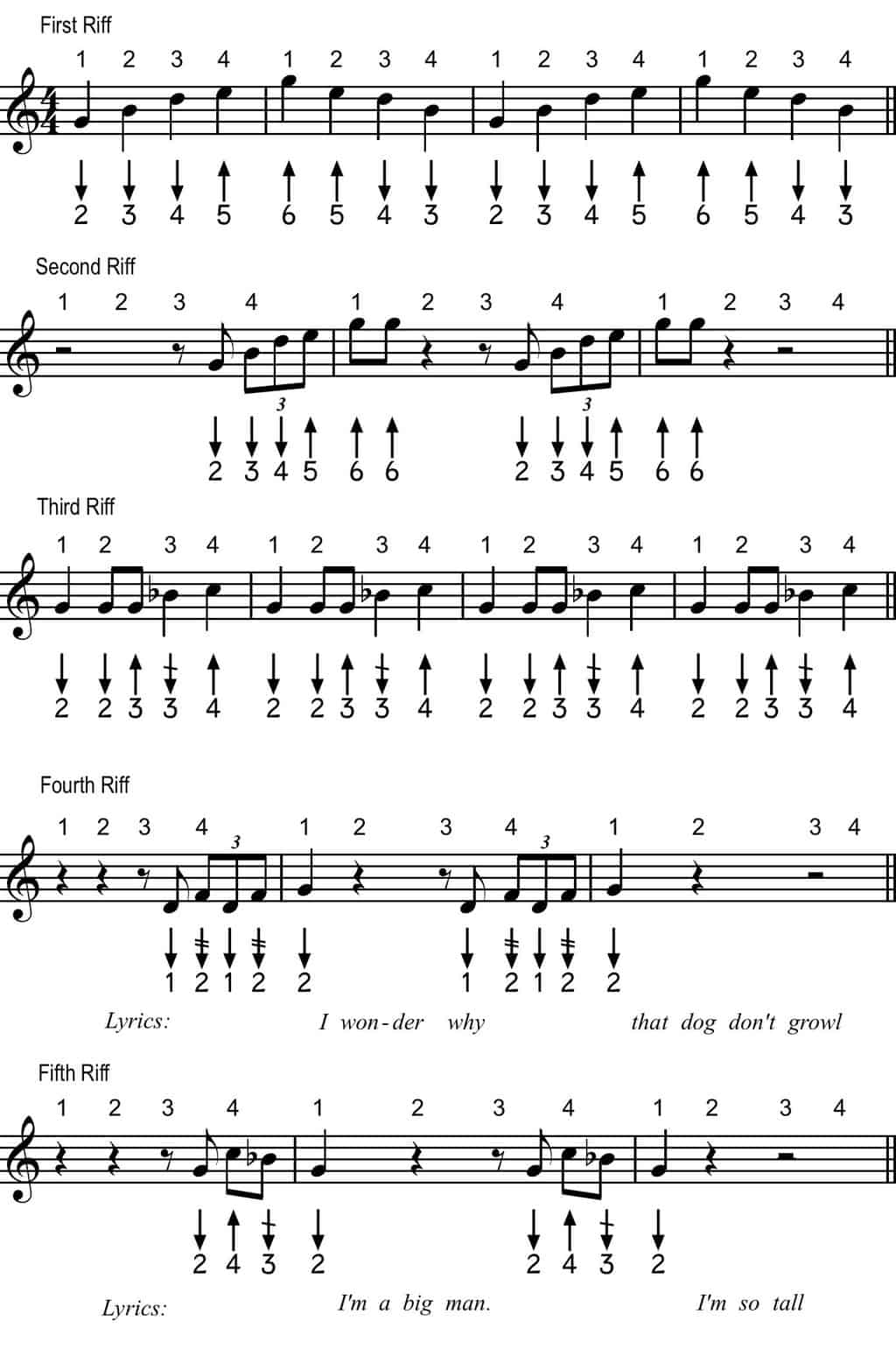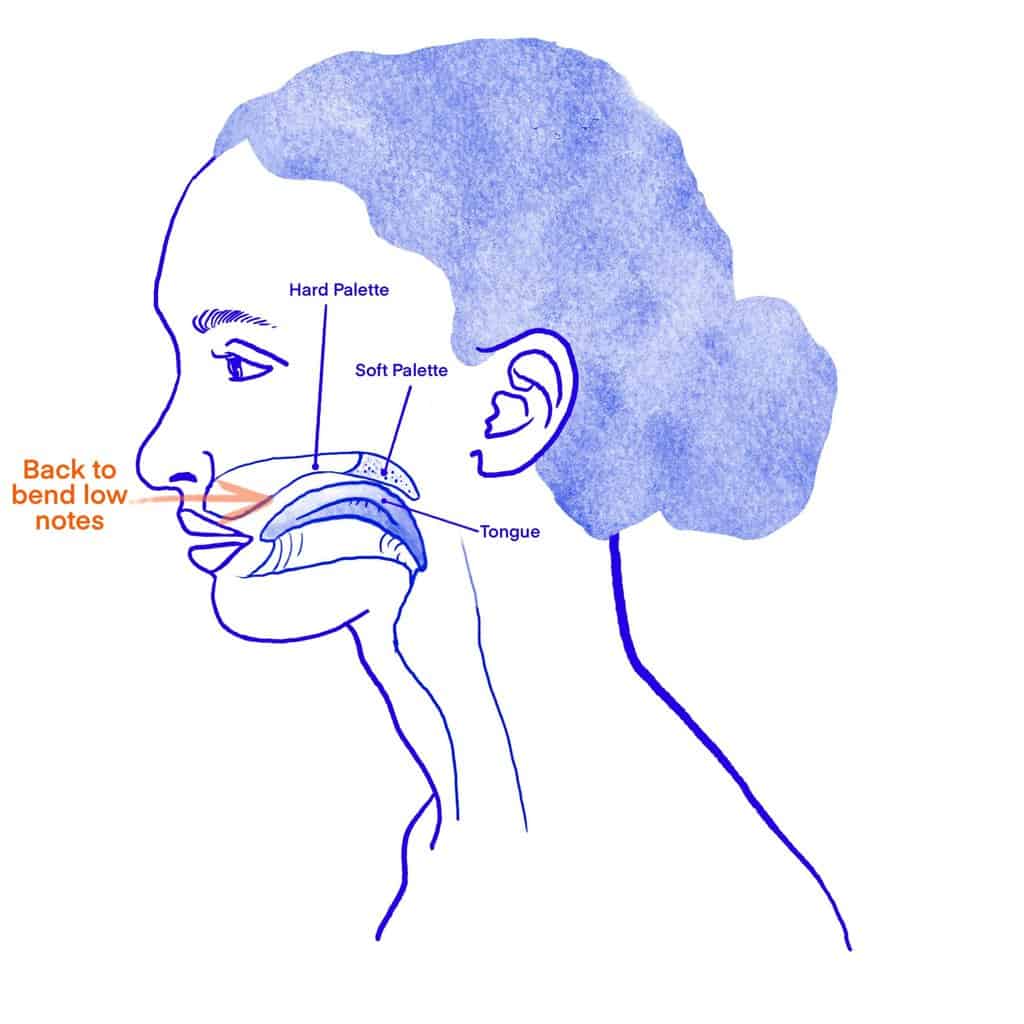The harmonica is a versatile and fascinating instrument that can add depth and emotion to any musical style. In this blog post, we will focus on how to play harmonica in the key of C. Whether you’re a beginner or an experienced musician, this guide will provide you with the essential knowledge and techniques to start playing harmonica in C.
Understanding the Harmonica
Before we dive into the specifics of playing harmonica in C, it’s important to understand the basics of the instrument. The harmonica, also known as a mouth organ, is a free reed instrument consisting of a row of reeds, usually made of brass or plastic, set in a metal or plastic comb. When you blow or draw air through the instrument, the reeds vibrate, producing sound.
Harmonicas come in different keys, and each key has a unique set of notes. The harmonica we will be focusing on in this post is the diatonic harmonica, which is designed to play in a single key. A C harmonica is tuned to the C major scale, and it contains the notes C, D, E, F, G, A, B, and C.
Choosing the Right Harmonica
When it comes to playing harmonica in C, it’s essential to choose the right harmonica. A diatonic harmonica in the key of C is the best choice for beginners, as it’s the most common and versatile type of harmonica. Some popular brands include Hohner, Lee Oskar, and Suzuki.
Holding the Harmonica
To hold the harmonica properly, place your thumb and index finger of your left hand on the bottom and top of the harmonica, respectively. Your middle, ring, and pinky fingers should be free to support the harmonica and manipulate the notes. For right-handed players, the harmonica should be held in the left hand, while left-handed players may choose to hold it in the right hand.
Playing Single Notes
The first step in playing harmonica in C is learning to play single notes. To play a single note, place your mouth over one hole and blow or draw air through it. The note that sounds will depend on the hole you’re playing and whether you’re blowing or drawing.
For example, to play the C note on a C harmonica, place your mouth over hole 1 and blow. To play the D note, cover hole 2 and blow. To play the E note, cover hole 3 and draw.
Playing Chords
Once you’re comfortable playing single notes, you can move on to playing chords. A chord is a group of three or more notes played simultaneously, and harmonicas are well-suited for playing chords due to their compact size and layout.
To play a chord on a harmonica, cover multiple holes with your mouth and blow or draw. For example, to play a C major chord on a C harmonica, cover holes 1-3 and blow. To play a G major chord, cover holes 7-9 and blow.
Bending Notes
Bending notes is a technique that involves manipulating the pitch of a note by changing the shape of your mouth and the amount of air you blow or draw. Bending notes can add expression and emotion to your playing, and it’s a crucial technique for playing blues and other genres.
To bend a note on a harmonica, start by playing a note and then gradually change the shape of your mouth and the amount of air you’re blowing or drawing. For example, to bend the 3 draw note on a C harmonica, start by playing the note and then gradually move your tongue towards the roof of your mouth while drawing air. This will cause the pitch to drop, creating a distinctive bluesy sound.
Using Tongue Blocking
Tongue blocking is a technique that involves using your tongue to cover one or more holes while playing others. This technique can help you play multiple notes simultaneously and create more complex rhythms and melodies.
To use tongue blocking, start by playing a single note with your mouth over one hole. Then, use your tongue to block one or more adjacent holes while continuing to play the original note. For example, to play a C major chord using tongue blocking, start by playing the C note on hole 1 and then use your tongue to block holes 2 and 3 while continuing to blow.
Practicing Scales and Arpeggios
To become proficient at playing harmonica in C, it’s essential to practice scales and arpeggios regularly. Scales are a series of notes arranged in ascending or descending order, while arpeggios are broken chords where the notes are played in succession.
Practicing scales and arpeggios will help you develop finger dexterity, improve your timing, and build muscle memory. Start by practicing the C major scale (C, D, E, F, G, A, B, C) and the C major arpeggio (C, E, G) in different positions on the harmonica.
Looking to learn how to play harmonica in different keys? Check out our articles on playing in G, general harmonica playing tips, country harmonica techniques, playing songs, and diatonic harmonica basics to enhance your skills and repertoire!
Conclusion
Playing harmonica in C is a rewarding and enjoyable experience that can add depth and emotion to any musical style. By understanding the basics of the instrument, choosing the right harmonica, practicing single notes, chords, bending notes, tongue blocking, and scales, you can become a proficient harmonica player in no time.
Remember to practice regularly, be patient with yourself, and have fun. With dedication and practice, you’ll be able to play your favorite songs and create your unique harmonica sound.






